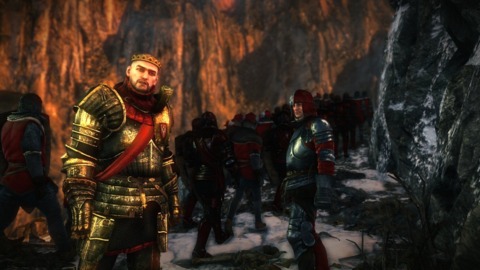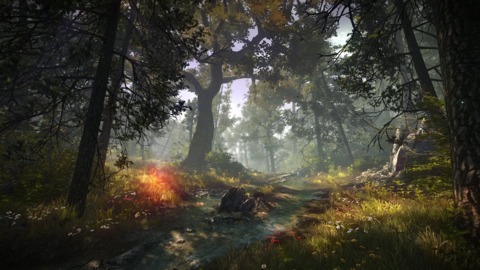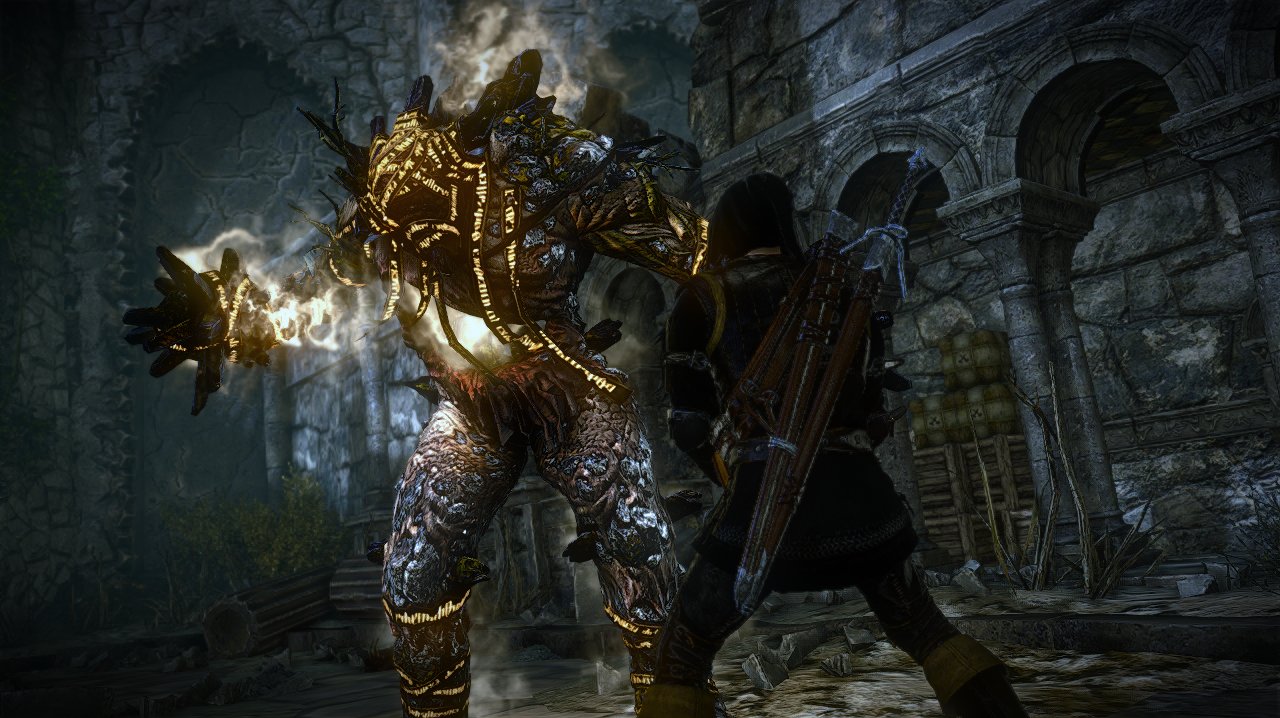Witcher Developers Divulge Development Secrets
Gamescom 2012: Two of the creative minds from developer CD Projekt Red share some of the lessons they learned from developing The Witcher 2.
At this year's Gamescom, Marek Ziamark and Maciej Szczesnk from CD Projekt Red talked through some of the development strategies they designed during the production of The Witcher 2. The goal in creating these strategies was to "provide an objective criteria for the decision-making process." Too often, they argued, development teams feel like they lack cohesion or are ruled by a tyrannical direction who is not open to suggestions. While there were seven strategies total, only three strategies will be covered here.


First, there's the "Like It" Method. This is a spreadsheet filled with ideas and short descriptions for abilities in the game. The entire staff is then asked to review the list and vote on which abilities they most want to see in the final game. This crowd-sourcing method provides a good indication for which ideas are the most exciting and also serves as a good brainstorming tool. While the example was for character abilities, this method could also be applied to items, monsters, or other features.
Second is the Consequences Graph. This tool forces the designer to consider all ramifications of a new feature by outlining them individually in a flowchart. As an example, the developers revealed that they had considered including dual-wielding swords in The Witcher 2; however, after penning the Consequences Graph and seeing all the hurdles this would involve, they decided against it before committing any resources to the task.
The final point covered was Risk Analysis. This tool takes the basics of the Consequences Graph and applies them across the entire project. When building a Risk Analysis, the director will want to consider every major risk they could encounter, define the probability of each risk occurring, and think of a prevention plan (as well as a plan B in case that plan fails). Doing this will help you see the big picture of your game and the challenges you might face.
These three are just a sampling of the many tips the developers had for Gamescom attendees. These tools were also not designed to be set in stone, but rather are ideas to be molded and adapted depending on the studio's needs or style. We're just hoping one of these tools can help us divine when their next game, Cyberpunk, will finally hit store shelves.
Got a news tip or want to contact us directly? Email news@gamespot.com

Join the conversation